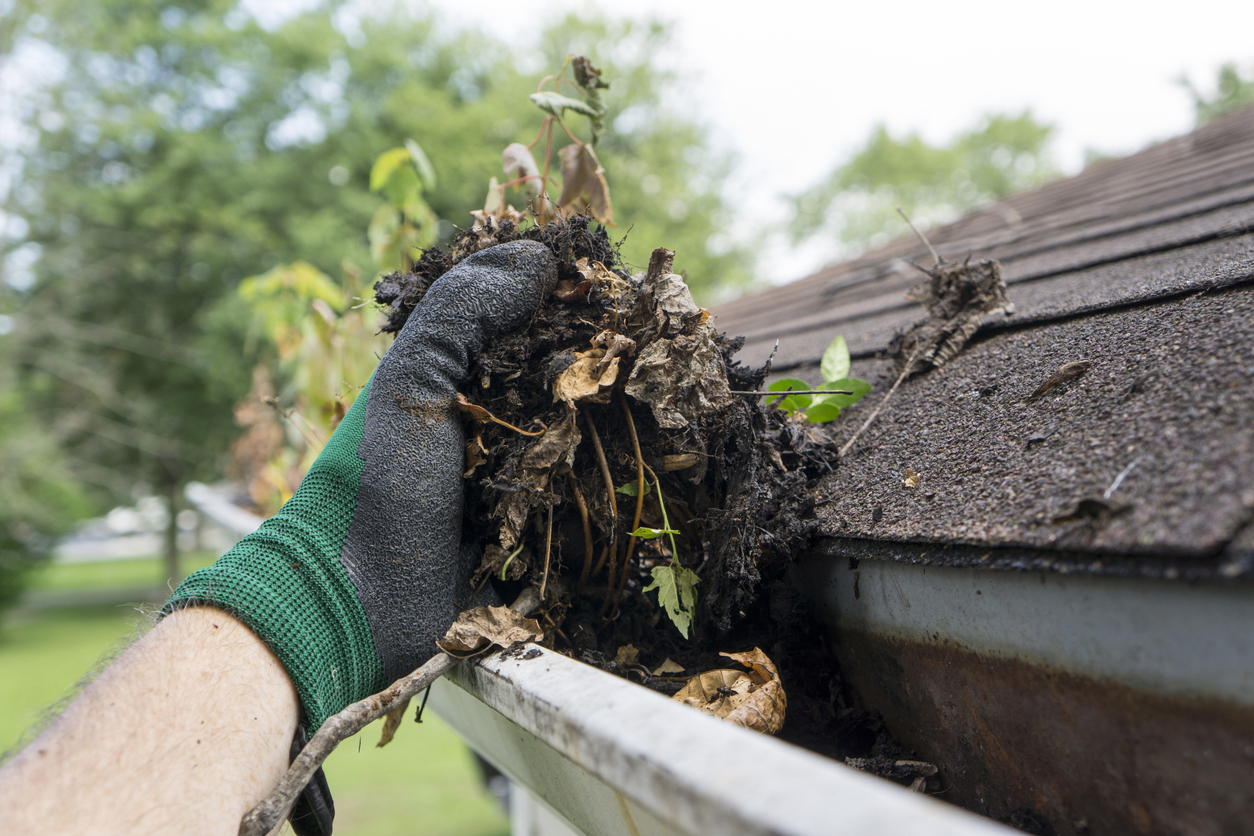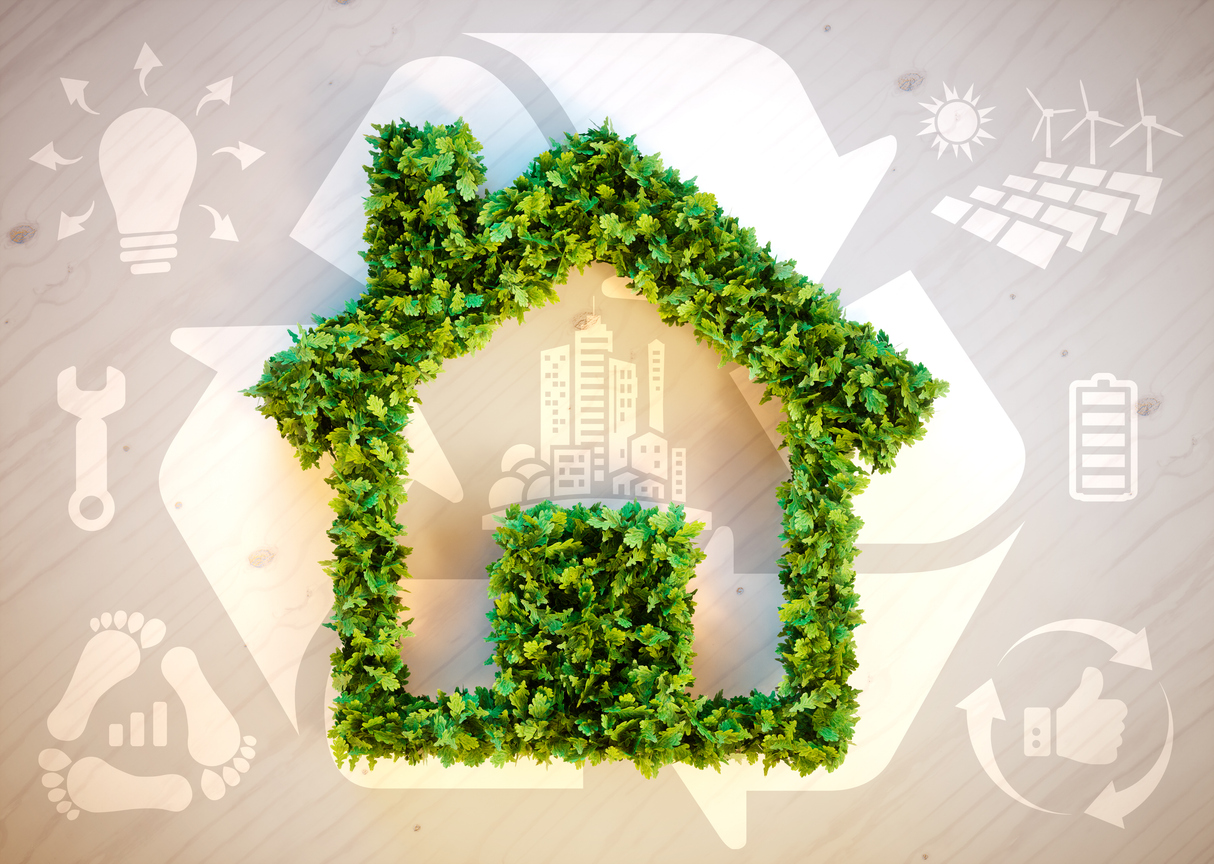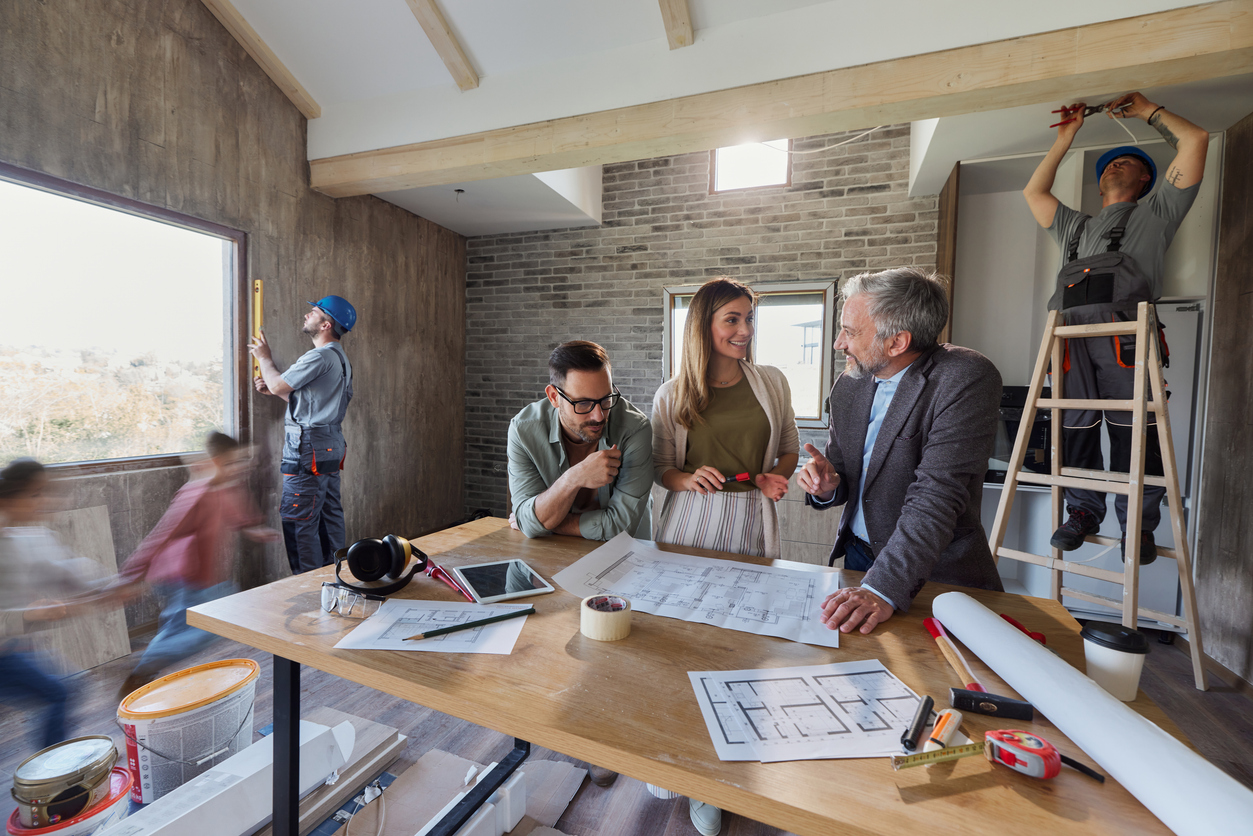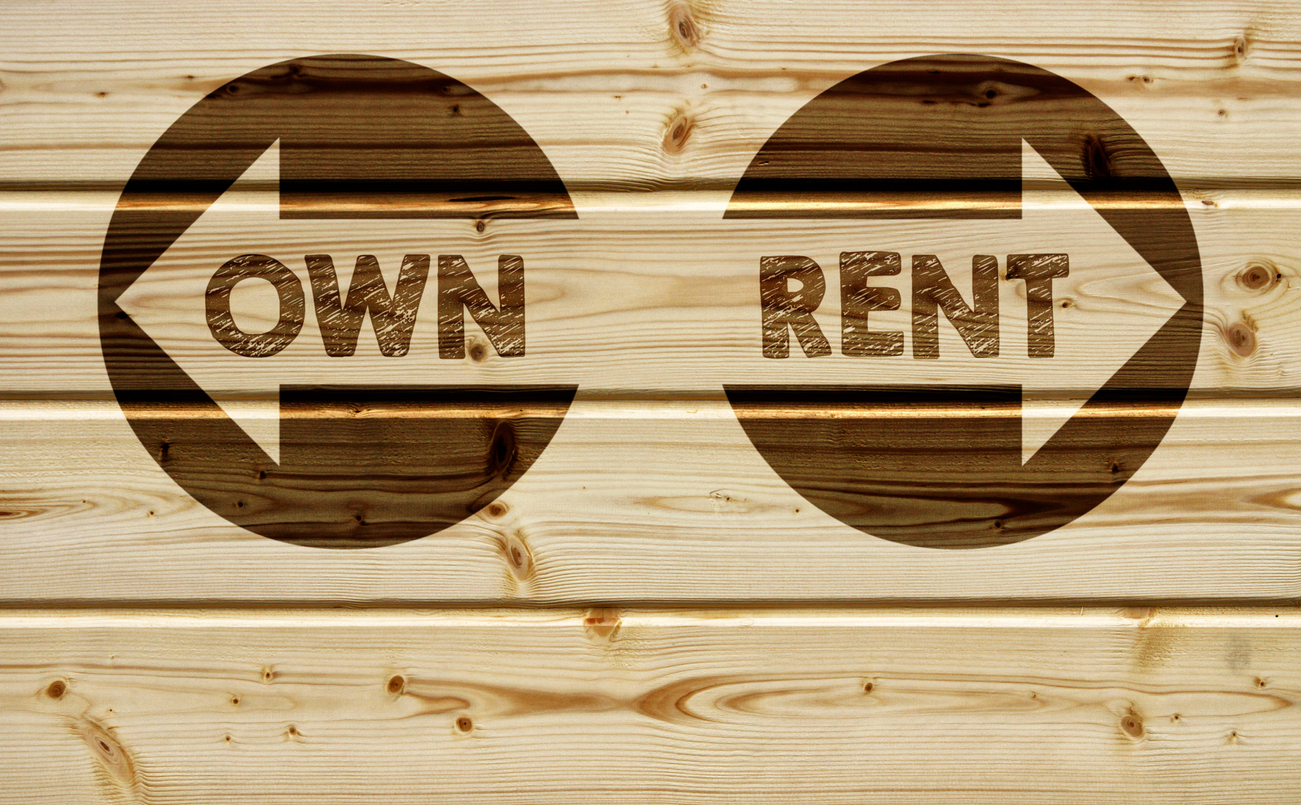Top 10 House Maintenance To-Do’s
Maintaining your home is essential for ensuring its longevity, comfort, and value. Regular upkeep not only prevents costly repairs but also enhances your quality of life. Whether you’re a new homeowner or a seasoned pro, here are the top 10 house maintenance to-dos that should be on your radar:

1. Inspect and Clean Gutters
Gutters play a crucial role in directing rainwater away from your home’s foundation. Clogged or damaged gutters can lead to water damage, mold growth, and erosion. Aim to inspect and clean your gutters at least twice a year—once in the spring and once in the fall.
2. Service Your HVAC System
Your heating, ventilation, and air conditioning (HVAC) system works hard to keep you comfortable year-round. Regular maintenance, such as changing filters, cleaning coils, and scheduling professional inspections, ensures optimal performance and extends the life of your system.
3. Check for Leaks
Leaks can lead to significant water damage and mold issues. Regularly inspect under sinks, around toilets, and near appliances for any signs of leaks. Address any issues promptly to prevent more extensive damage.
4. Maintain Your Roof
Your roof is your home’s first line of defense against the elements. Look for missing or damaged shingles, and check for any signs of leaks or sagging. Schedule a professional inspection every few years to catch potential problems early.
5. Clean and Inspect Chimneys
If you use a fireplace or wood stove, regular chimney maintenance is essential. Have your chimney inspected and cleaned annually to prevent chimney fires and ensure proper ventilation.
6. Test Smoke and Carbon Monoxide Detectors
Safety should be a top priority in your home. Test smoke and carbon monoxide detectors monthly and replace the batteries at least once a year. Replace the detectors themselves every 5-10 years, depending on the manufacturer’s recommendations.
7. Seal Gaps and Cracks
Gaps and cracks around windows, doors, and foundations can lead to drafts, water infiltration, and pest problems. Inspect and seal any gaps with caulk or weatherstripping to improve energy efficiency and keep your home secure.
8. Clean and Seal Driveways and Walkways
Driveways and walkways are exposed to the elements and can deteriorate over time. Clean these surfaces regularly and apply a sealant as needed to protect them from cracks and damage caused by weather and wear.
9. Inspect and Maintain Landscaping
Well-maintained landscaping not only enhances curb appeal but also helps protect your home. Trim trees and shrubs away from the house to prevent damage, and ensure proper drainage to avoid water pooling around the foundation.
10. Check and Maintain Exterior Paint
Exterior paint protects your home from the elements and adds to its aesthetic appeal. Regularly inspect the paint for signs of peeling or chipping and touch up as needed. Consider repainting every 5-7 years to keep your home looking fresh and to protect the siding.
By staying on top of these maintenance tasks, you can prevent minor issues from becoming major problems and ensure your home remains a safe, comfortable, and valuable asset. Regular upkeep might seem like a lot of work, but it’s worth the effort for the peace of mind and long-term savings it provides.
Happy maintaining!


 Facebook
Facebook
 X
X
 Pinterest
Pinterest
 Copy Link
Copy Link







